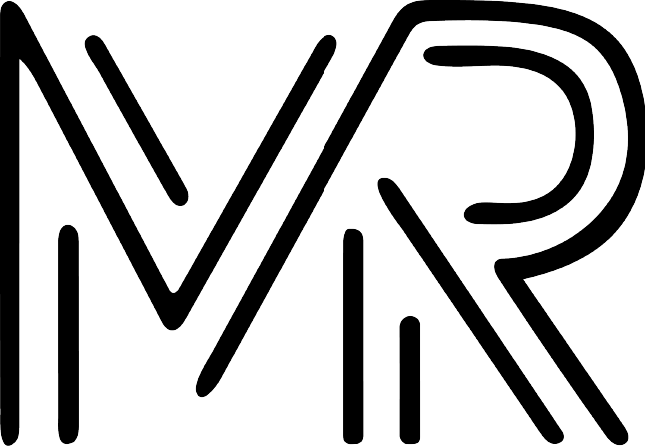WEDNESDAY // 08.26.2020
"When done well, a human-centered approach fuels the creation of products that resonate more deeply with an audience — ultimately driving engagement and growth."
-DAVE THOMSEN, WANDERFUL MEDIA
When I first began exploring answers to the question "What do you want to do with your life?" the idea of becoming a graphic designer kept coming back to me; I knew there was more behind it than creating logos and websites, I just didn't know what yet. Fast forward, I'm starting my senior year as a graphic design student and I'm still learning everyday what my role and duty as a designer is in our ever changing and evolving world of digital information. Experimenting with human-centered design methods can help us stay innovative as well as strengthen our design skills.
Human centered design focuses on collaboration, social systems, holistic community development, empathy, active research methods to gain direct understanding of the problem at hand and the people working with this issue. The focus is designing WITH people, not FOR people; we as designers don't want to insert ourselves, but rather engage others.
The most successful human centered designs are ones that have embraced people’s lives and kept their desires at the core of the entire process. Although there isn’t a quick and easy path to follow each time, and it often takes many turns before coming to a solution, there are three main stages of human-centered design including: Inspiration, Ideation, and Implementation. Through each of these steps we can learn more than what our problem is at hand, but how each step effects the individuals involved, and how it can help them grow in personal, business, and technological aspects to create real impacts.
